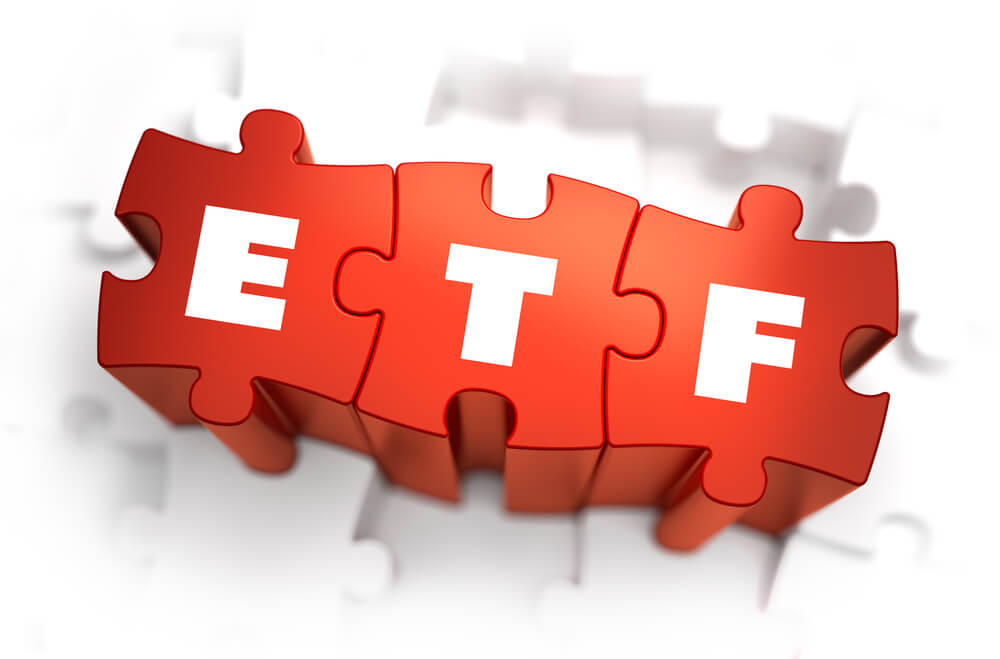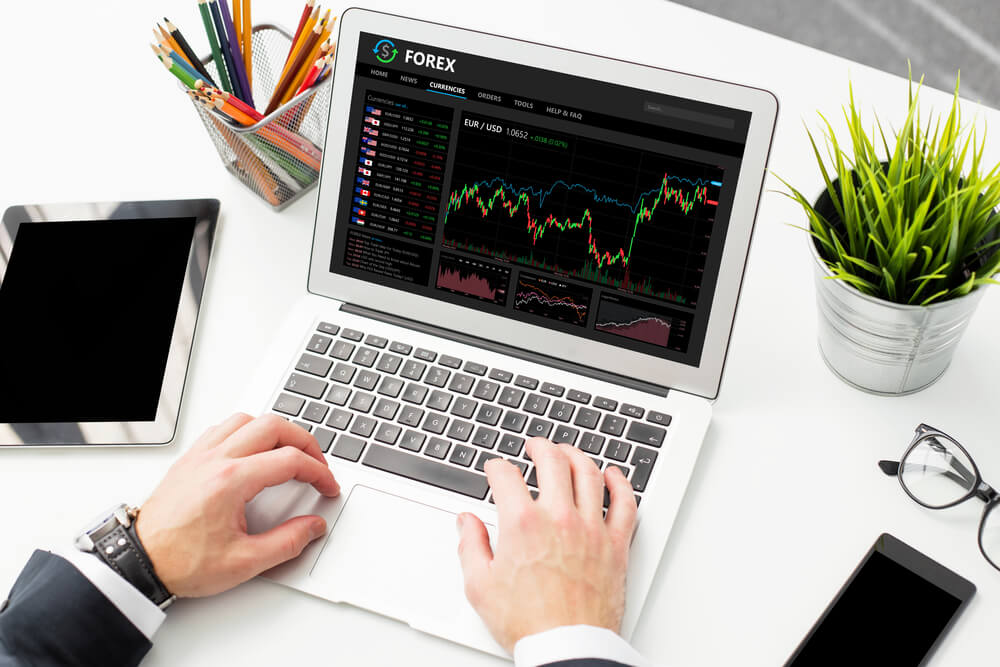Over the course, we should educate ourselves that there are different ways to read forex charts, ways to learn how to trade forex, and ways to analyze the forex market.
And that seems like enough, right? But nope!
There are also multiple ways to trade forex. Bet you didn’t know that!
There are major ways to trade forex. Among them, the most popular and useful ones are:
- Currency Futures
- Currency Options
- Currency Exchange-Traded Funds
- Spot Forex Market.
For you to learn and discover, let’s begin discussing them!

1. Currency Futures
– Futures are contracts to buy or sell a specific asset at a definite price on a future date.
– The amount of currency futures are determined when the trade is initiated.
– The first currency futures were shaped by the Chicago Mercantile Exchange long-ago in 1972.
Currency futures are financial derivatives that allow investors to hedge against or speculate on changes in exchange rates. These futures contracts are agreements to buy or sell a specific amount of a currency at a predetermined price on a specific future date.
They are standardized and traded on exchanges like the Chicago Mercantile Exchange (CME) and the Intercontinental Exchange (ICE).
Origins and development
Currency futures were first introduced in 1972 at the Chicago Mercantile Exchange, which was a pioneering step in financial markets. This came about as countries gradually shifted from fixed exchange rates (Bretton Woods system) to floating rates.
The inherent volatility of floating rates created a need for businesses and investors to protect themselves against fluctuations in currency values, leading to the development of currency futures as a hedging tool.
How currency futures work
Currency futures contracts specify the amount of the currency to be exchanged and the date on which the exchange will occur. For example, one might trade a futures contract for the exchange of U.S. dollars for euros.
Each contract has standardized features including the size, expiration date, and settlement method. Prices are quoted in terms of the exchange rate of one currency to another, with changes in the exchange rates affecting the profit or loss of investors.
Market participants
Participants in the currency futures market include businesses that need to manage currency risk (such as multinational corporations), speculators who look to profit from price movements, and portfolio managers who need to hedge risk in international investments.
Central banks and governments might also participate in these markets, primarily for stabilizing their currencies.
Trading and speculation
Trading in currency futures is similar to trading in other types of futures. Traders can take long or short positions based on their expectations of future currency movements. If a trader expects the EUR/USD exchange rate to rise, they might buy (go long on) EUR/USD futures.
However, if they expect it to fall, they might sell (go short on) the futures. These positions can be closed out at any time before the contract expires, typically by executing an offsetting trade.
Hedging with currency futures
Hedging is a primary use of currency futures. Companies involved in international trade use currency futures to lock in prices for currencies they will need in the future, protecting themselves against potential unfavorable shifts in exchange rates.
For instance, an American company expecting to pay for goods in euros several months in the future might buy EUR/USD futures contracts to lock in the current exchange rate.
Advantages and risks
The advantages of trading currency futures include high liquidity, standardization, lower counterparty risks due to the involvement of an exchange, and access to leverage.
Nevertheless, like all forms of trading, there are significant risks involved. The leverage used in futures trading can amplify both gains and losses, and rapid movements in currency exchange rates can result in substantial losses.
Regulatory environment
Currency futures are regulated by financial authorities like the Commodity Futures Trading Commission (CFTC) in the United States. These regulators ensure that the market is transparent, competitive, and financially sound. They enforce rules designed to protect market participants from fraud, manipulation, and abusive practices.
Future outlook
The global nature of business continues to enhance the importance of currency futures. As businesses expand across borders, the need to manage currency risk increases.
Technological advancements and globalization are likely to drive further growth in the market, with more participants and potentially new types of currency futures contracts.
2. Currency Options
– These are a financial instrument that gives the right but not the obligation of a trader.
– There is no responsibility to buy or sell an asset with the specific price when the expiration date on the option comes. TRIVIA: This is also called Vanilla Option.
The currency options market has its own over the counter brokers. This is very distinct from the typical forex market brokers. The FX Options market generates a large daily income making it one of the most liquid derivatives markets in the world.

3. Currency Exchange-Traded Funds
– Exchange-traded funds or ETFs are the youngest members of the forex world.
– These are also a collection of securities such as stocks that tracks an underlying index.
– Financial institutions are in charge of ETFs.
Will ETFs sooner or later replace mutual funds? Some financial industry experts think so. Some analysts predict ETFs are on track to substitute traditional mutual funds due to the offer of so much trading flexibility. Not to mention better returns because they have lower costs and capital gains tax-deferral advantages.
4. Spot Forex Market
– In the spot market, currencies are traded immediately or “on the spot.”
– Here, accounts can be opened with as little as $50! No huge capitalization needed!
– Spot markets are also denoted to as “physical markets” or “cash markets” since trades are exchanged for the asset effectively immediately.
Banks developed spot Forex trading to cater to the needs of big corporations, making money from the spread of express transactions.
Overtime, spot Forex trading was made accessible to retail investors. Today, the market is huge, to say the least.
The Forex Market is the market that never sleeps, except on weekends.
Always remember, under any name, the FX markets signify one of the best opportunities for intelligent investors and traders to earn a gain on their investment.
By tradition, Forex was the domain of large institutions and global organizations. But with today’s remarkable trading platforms, retail traders now make up a mounting percentage of the overall market volume.
Want to know what’s ahead of the Forex Market? Stay updated, devoted with your trading, and always do your research.
















